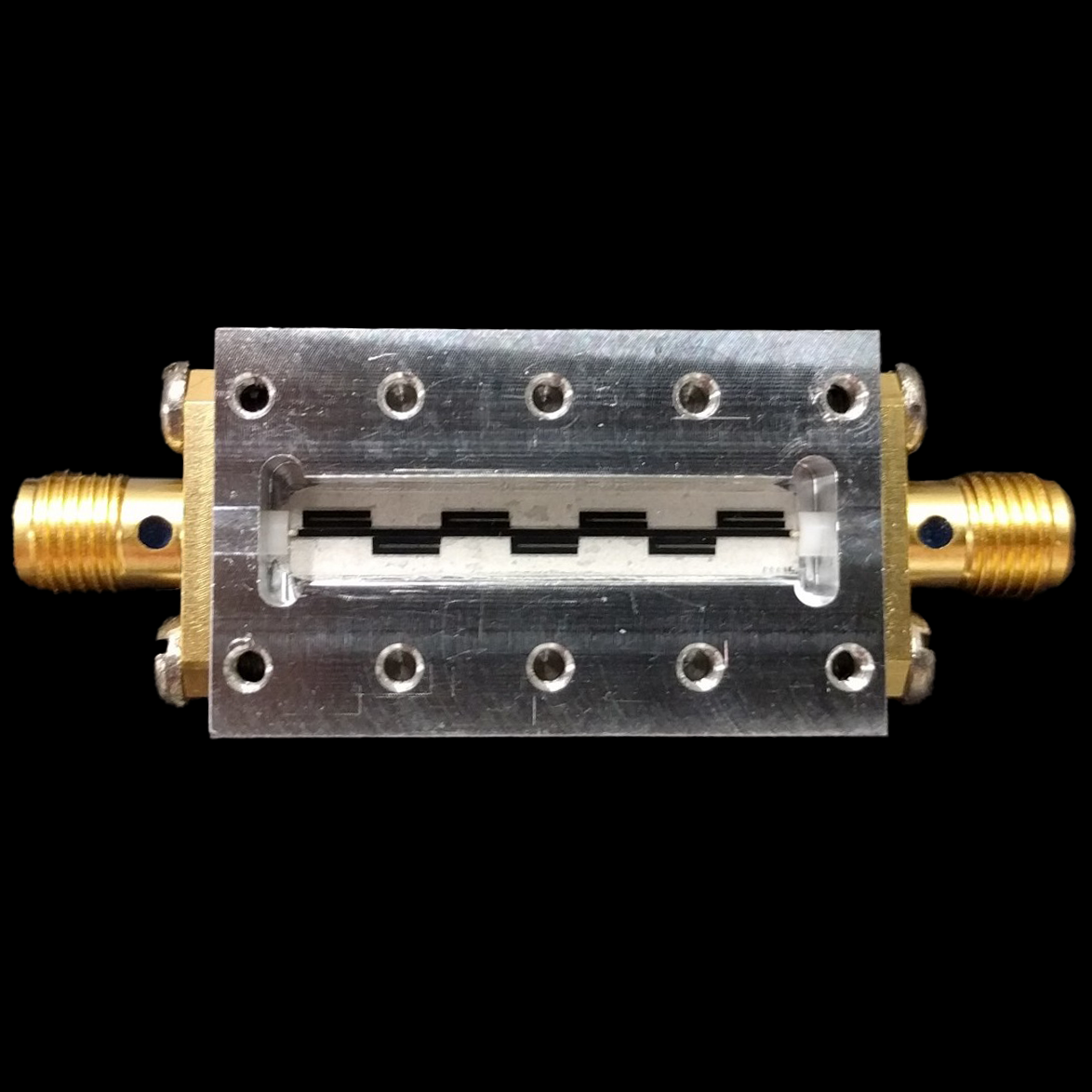Published/Posted: October 24, 2023
Authors: Turner, Charles J.
Abstract: In the fields of radio astronomy and remote sensing, there are application-driven requirements for wideband radiometers, hyperspectral spectrometers, and Radio Frequency Interference (RFI) mitigation. This work investigates the implementation of superconducting filters for RFI mitigation in ground-based radio astronomy where cryogenic cooling is available. It also explores the feasibility of implementing Photonic Integrated Circuits (PICs) in spaceborne radiometers. Spaceborne instruments have strict size, weight, and power consumption (SWaP) requirements. PICs are intrinsically wideband and offer significant SWaP benefits for enhanced performance in radiometers. This thesis presents three topics in technology development for the advancement of radiometers. The first topic is the development of a thin-film, high-temperature superconductor (HTS) notch filter to reject a local, high-power, RFI signal. The resonator topology was devised to minimize the necessary coupling between the transmission line and resonators. As demonstrated through measurements, this filter has an operating frequency range of 2-12 GHz and provides over 50 dB of rejection around 9.41 GHz. The measured maximum insertion loss is 0.6 dB in the lower pass-band and 2 dB in the upper pass-band, which can be reduced through improved packaging and operating the device at lower temperatures. This device currently demonstrates the largest 50-dB-rejection stop-band reported in literature for thin-film HTS filters at 4.3\% fractional bandwidth. The second topic is a stochastic, non-linear, power-response model with supporting laboratory measurements for a photonics-enabled, heterodyne, microwave radiometer. The measurements are taken from a single-channel test device and the results can be applied to improve the design and simulation accuracy of a multi-channel spectrometer. This model is tested by comparing the measured gain of a photonic down-converter (PDC) under an applied continuous wave microwave signal versus an adjustable microwave noise source. The PDC consists of a dual-drive Mach Zehnder Modulator with a microwave local oscillator (LO) used for down-conversion of the microwave carrier signal. Using these results, the dynamic range of the proposed instrument is quantified with improved accuracy. The third topic is the demonstration of thermo-reflectance microscopy (TRM) on a polymer-based photonic device. A spaceborne, photonics-enabled, microwave radiometer needs to survive and operate in a space environment. Measuring the thermal profile of PICs is essential for creating more environmentally-robust designs, but many feature sizes fall below the diffraction limit for traditional infrared thermography. TRM offers a means of measuring thermal profiles by using visible-wavelength light to reduce the diffraction limit and achieving sub-micron spatial resolutions. Photonic Wire Bond (PWB) is an important component for coupling different PICs without requiring active optical alignment between chips. Although TRM has been tested before with semiconductors, it has not been demonstrated before on PWB. These results demonstrate the possibility of using TRM to test complete, multi-material PIC devices.Citation:
C. J. Turner, "Advances in the Application of Superconducting and Photonic Circuits to Microwave Radiometers", PhD Electrical and Computer Engineering, University of Maryland (2023)
